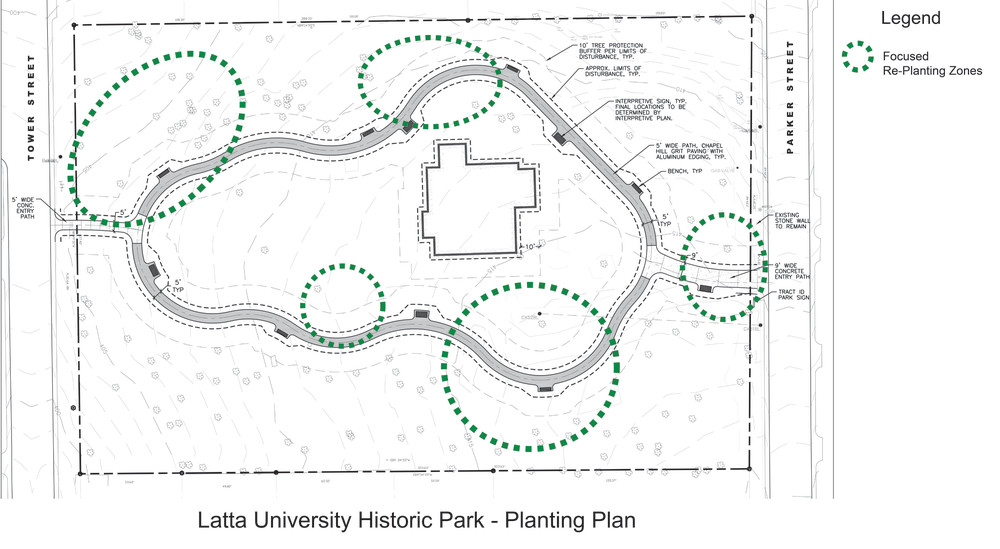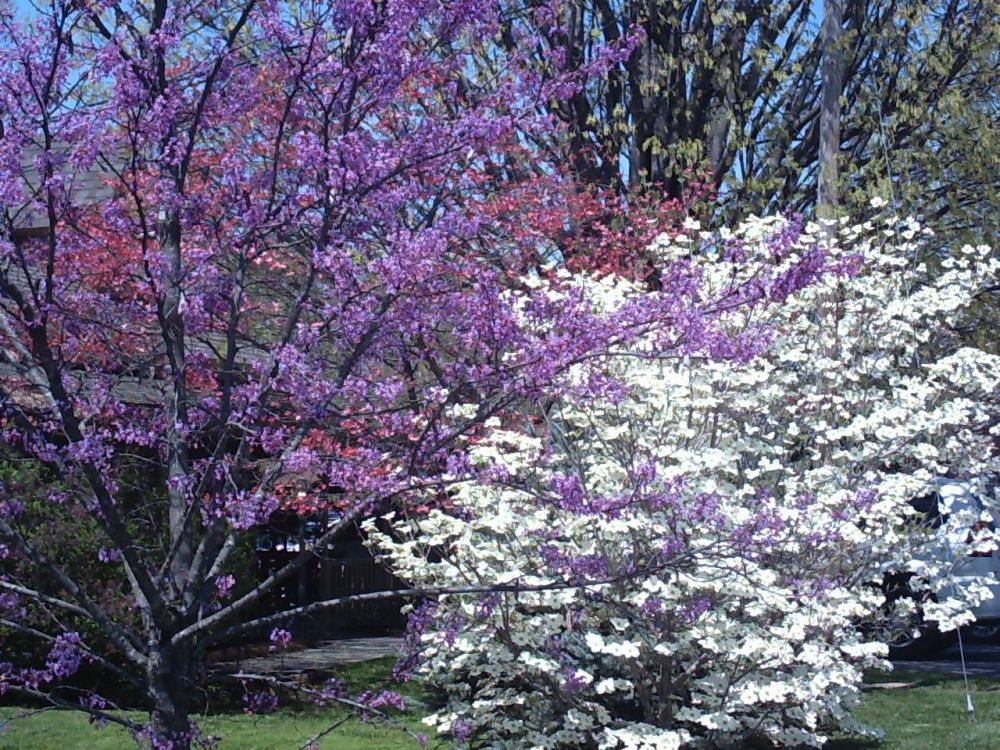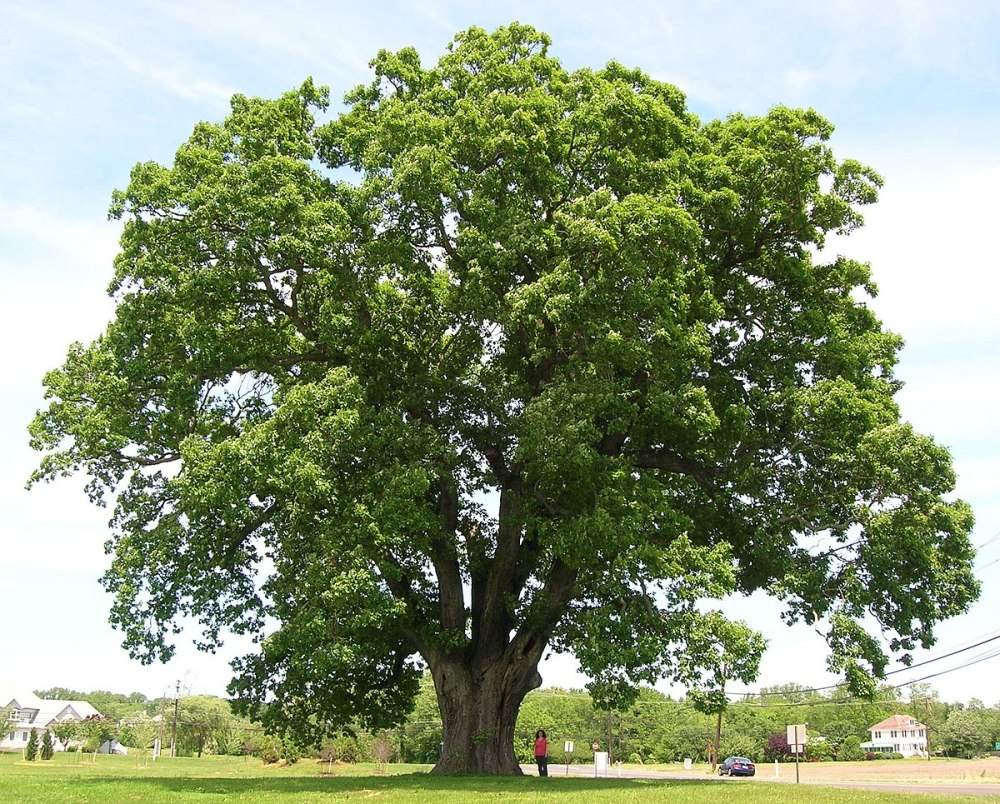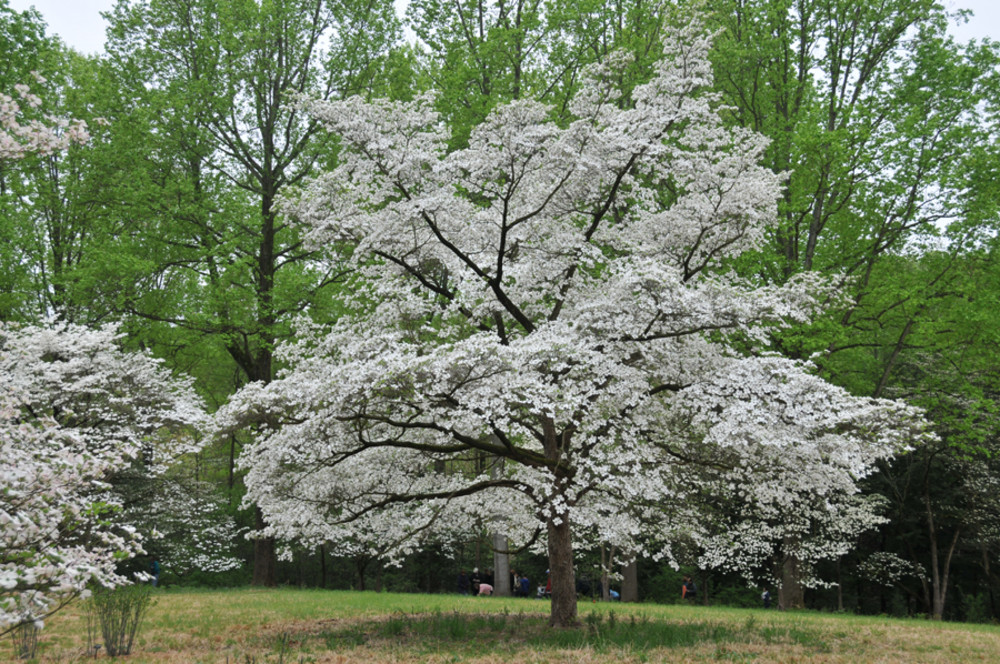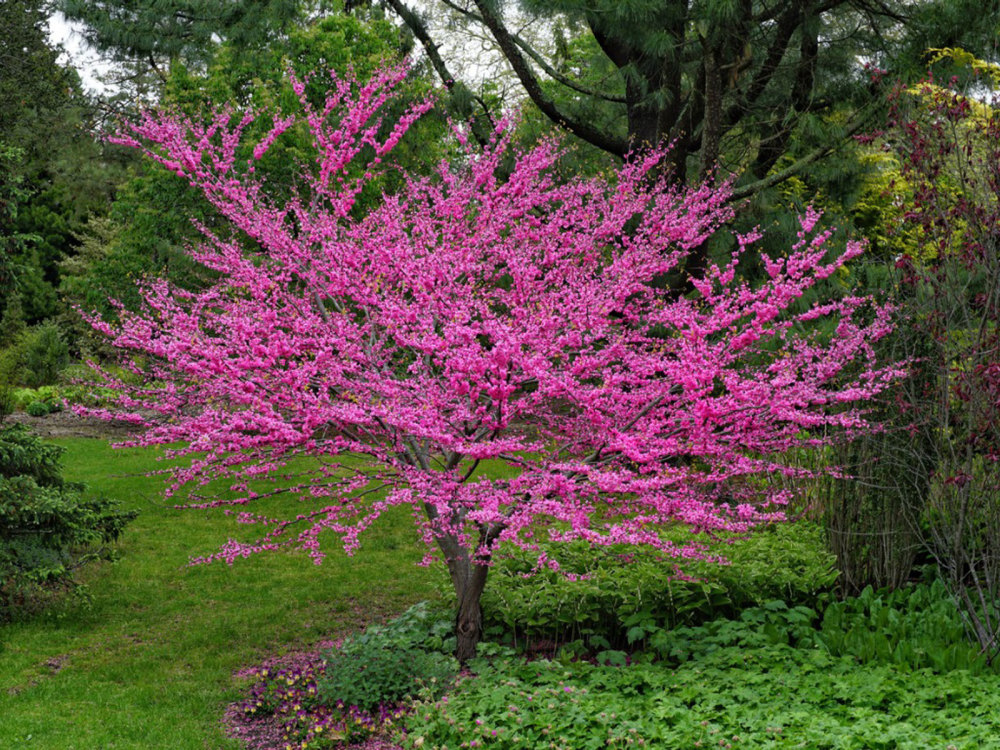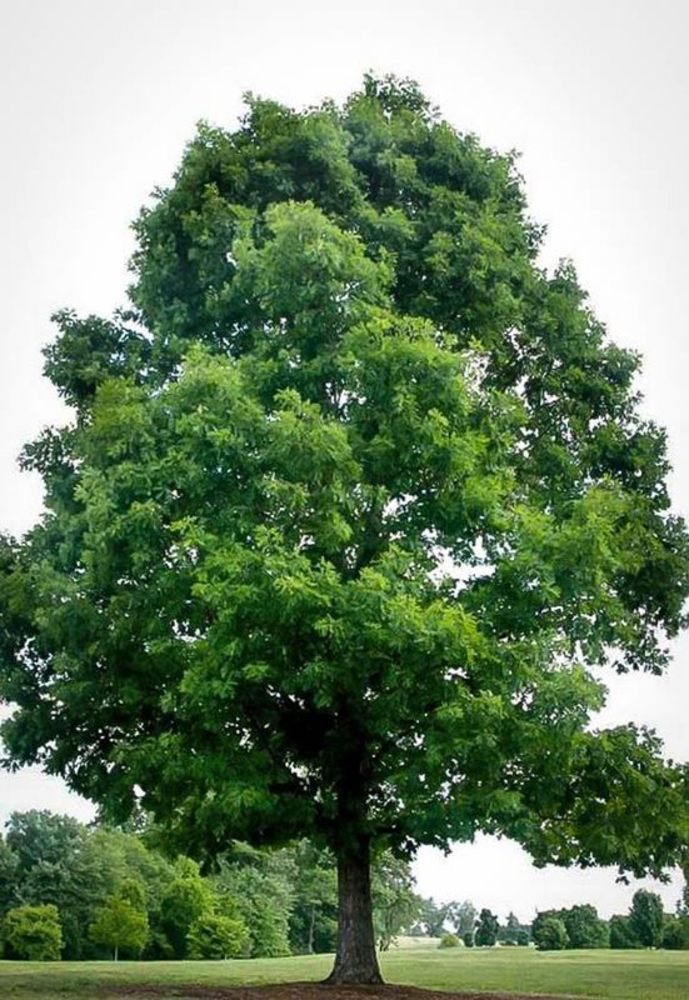Latta University Historic Park Planting Plan
Latta University Historic Park Planting Plan
There are many changes happening at the Latta University Historic Park in preparation for the opening. This website offers details on replanting efforts for once Phase One construction is finished.
The Latta University Historic Park (LUHP) has an overwhelming of amount natural beauty including the large grassy open area, and the many large hardwood trees. In a city that welcomes more people everyday, a park with such lovely features can feel like a breath of fresh air in an otherwise urbanized environment.
One of the goals developed during the LUHP Master Plan was Enhance the Site's Natural Beauty. City of Raleigh staff are committed to upholding this goal through Succession Planting and Invasive Plant Removal, which are part of the elements of the Phase One development at the park.
Long term stewardship of LUHP will require periodic removal and re-planting of trees to maintain a healthy and diverse canopy. Over time, invasive plant species and trees declining in health will be removed and replanted with native trees that will preserve the site's natural beauty for generations to come.
When construction for Phase One is complete, we will get to work on replanting the park!
Below is a map with five denoted zones where City of Raleigh staff & community volunteers will focus their replanting efforts.
(click to enlarge)
These five zones will be replanted with White Oaks, Dogwoods, Redbuds as well as various native shrubs, perennials, and annuals grown by our in-house horticulturalists. Special consideration will be given to selecting plants that would be historically relevant to the park and Oberlin Village.
Dogwood & Redbud
White Oak
Dogwood
Redbud
White Oak

